How to process currants with curled leaves?
Summer residents do not always know why currant leaves curl. Various unfavorable factors can cause such a phenomenon. Curling foliage is just one of the symptoms of trouble, you need to pay attention to other changes. Having made a comprehensive analysis, it will be possible to establish exactly what interferes with the normal process of the shrub vegetation, and eliminate the cause by processing and applying some agrotechnical methods.
Possible causes of leaf curl
First of all, the currant bush should be carefully examined and determined whether only the upper young or old leaves are twisted, whether swellings, spots, cobwebs, plaque are present on the leaf plates, the leaves wrinkle or not. Almost always, a change in the appearance of leaf plates is caused by an attack of harmful insects or one of the fungal diseases.
When harmful insects are the culprit
Leaves on the crown of currant branches usually fold due to the attack of pests. It is easier for insects to pierce or nibble the thin tissue of young leaves, tender and juicy apical shoots. Pests do not ignore bushes of red, black, golden, white currants.
Today, there is no one hundred percent protection against harmful insects. Even if it is possible to remove them completely, the parasites may reappear at any time. Therefore, it is important to maintain optimal conditions for the growth of the shrub, provide it with full-fledged care, and from time to time carry out preventive treatments.
The currant has 5 main enemies that attack it most often.
Aphid
Two types of aphids attack currants:
- gallic;
- shoot (gooseberry).
Insects are sucking parasites that feed on plant juices. As a result of the punctures applied, the leaves begin to dry, wrinkle, turn yellow and fall off.
Gallic aphid prefers to eat red and white currants. The parasite lays eggs in cracks in the bark. In the spring, the larvae of the pest are born, which move to the apical shoots and begin to actively feed on the juice of the leaves. Due to damage, the leaf plates turn red, characteristic swellings (galls) are formed on them. On the underside of the leaves, colonies of insects are visible.
Shoot aphids on currants are carried by ants existing in symbiosis with a small pest. Green aphids first suck the juice from the buds, and then from the young leaves. As a result, the leaves curl downward, look shapeless.
Leaf roll
At first, the bushes attack nondescript brown butterflies with a wingspan of about 2 cm. But adult insects do not directly harm the currant. The main danger is the larvae - green or yellow caterpillars. Pests gnaw at the leaf tissue and later pupate inside a leaf rolled up in a tube and entangled in cobwebs. After the leaves fall, the pupated larvae end up on the ground, where they winter. In spring, butterflies reappear from pupae, and the life cycle of leaf rollers begins anew.
Glass-maker
Adults look like small butterflies with translucent wings and a striped body.
Glassy larvae are harmful to currants.Through damage on the shoots, caterpillars penetrate into the core of the branches and eat it away, making long moves.
Affected branches begin to dry from the top, leaves curl and fall off. At the same time, the outward presence of the pest does not manifest itself in any way. Glass cases can be found only by cutting off the affected branch. If a hollow middle with black walls appears on the cut, then the bush is infected with pests.
Spider mite
Arthropods are microscopic in size (less than 1 mm), so they are almost invisible to the eye. Most often, the wind transfers the spider mite to the currant. Pests cluster on the underside of the leaves and begin to suck out juices.
Small light spots appear in the puncture sites, then the affected areas darken. The leaves begin to dry, curl and fly around.
A characteristic symptom of infection in this case will be the presence of a thin white web on the back of the leaf plates.
Currant gall midge
Two types of gall midge parasitize on currants:
- sheet;
- escapement.
Both species are small flying flies. The larvae of the leaf gall midge damage the leaves of the currant, infect the tops of the shoots, which begin to curl and dry out.
The larvae of the shoot gall midge damage the tissue of the branches. The bark becomes brown, depressed spots appear on it. If pests are not dealt with, the branches begin to dry quickly. The process is accompanied by curling, blackening and leaf fall.
Deformation of leaves due to fungal infection
Rolling leaves on currant bushes is often provoked by fungal diseases. Harmful fungi are resistant to adverse external factors and can easily tolerate low temperatures. The mycelium hibernates in the upper layers of the soil and on plant debris, and in the spring, with the arrival of heat, it activates and begins its harmful activity.
The main fungal diseases of the currant:
- Anthracnose. The disease begins to manifest itself with the appearance of reddish-brown growing spots on the leaves. In advanced cases, shoots and even currant fruits are affected. Then the leaves roll up and fall off.
- Spheroteka, or American powdery mildew. The causative agent of the disease is activated in May and manifests itself by the appearance of a white powdery coating on young branches and leaves. During fruiting, the fungus can infect the berries. After a while, the plaque becomes brownish, "felt". The shoots are bent and stop growing. The leaves turn dark, curl, the crop deteriorates. If untreated, the bush dies.
- Septoria, or white spot. The disease often develops with high humidity and insufficient lighting. Small grayish specks with brown edging appear on the leaves. As the spores mature, multiple dark spots develop in the affected areas. Infected leaves begin to curl, turn pale, and fall off. Currant stalks turn dark. The disease is dangerous because it can be transmitted to other cultivated plants.
- Columnar rust. Fungal disease manifests itself by the appearance of rusty spots on currant leaves around the middle of summer. On the back of the leaf plates, swellings containing spores are visible. As the infection develops, the lesion area increases, the leaves begin to curl and dry out.
- Goblet rust. At first, the infection is latent. The main symptoms appear in early summer. The fungus begins to develop on the underside of the leaves, forming orange spots with a dark dot in the center. Gradually, the spots are transformed into growths that resemble glasses in their shape. Inside these formations, fungal spores mature. Sick leaves curl and crumble. Currant slows down its growth, reduces winter hardiness, worsens its fruiting.
Poor sanitary condition of the site, untimely harvesting of fallen leaves and other plant residues favors the development of the fungus. It is also noticed that currants are sick with fungal diseases more often if they grow in acidic soil. Agricultural engineering in general is of no small importance.
What methods can be used to solve the problem?
First of all, regardless of the cause of the lesion, it is necessary to cut off diseased leaves and affected shoots on the bush, and then burn them. It is also necessary to remove all plant residues in the near-stem circle of currants. Then the shrub should be processed:
- If the disease or pest infestation has not yet become widespread, folk remedies can be used.
- In advanced cases, it is necessary to use chemicals.
Using folk remedies
The use of folk remedies is justified by their availability, low cost, environmental safety. Many infusions and solutions have a universal effect and help in the fight against both pests and fungal diseases. Most often, formulations are prepared on a plant basis.
For processing currants, you can use:
- Infusion of garlic. For cooking, you need 200 g of unpeeled garlic cloves. They are crushed and poured into 1 liter of hot water. The composition should be infused for a day, after which it is filtered and the volume is brought to 10 liters with water. The tool is especially effective in the fight against aphids and larvae of various pests. At the same time, it helps to get rid of ants.
- Infusion of tobacco dust. Tobacco leaves are crushed to a powdery state. You will need 400 g of raw materials. The powder is poured over 1–2 liters of water and left to infuse for 2 days. After that, the infusion is filtered, 40 g of soap shavings are added to it and the volume is brought to 10 liters with water. This tool is recommended to spray currants in the event of an attack by a spider mite.
- Decoction of tomato tops. For cooking, you need 3 kg of fresh tomato tops and 10 liters of water. Tomato leaves are crushed, filled with water and allowed to stand for 4 hours. Then the composition is boiled over low heat for 30 minutes, cooled and filtered. Due to the presence of solanine, tomato tops are effective against most garden pests. It is necessary to spray the leaves with the composition not only on the top, where an accumulation of insects was detected, - the broth should abundantly moisten the entire bush, and the leaves are processed on both sides.
- Iodine solution. A bucket of water consumes 10 ml of iodine tincture from the pharmacy. Spraying with such a composition helps to get rid of spheroteca and other fungal diseases in the initial stage.
- Ash solution. Ash is a well-known antifungal agent, it also helps against pests. The solution is prepared from 1 kg of ash per 10 liters of water. Before use, the composition must be kept at room temperature for 5 days. Before spraying the shrub, add 2 tbsp to the solution. spoons of liquid soap so that the product sticks to the leaves.
Currant processing is best done in the morning, before the peak of solar activity. On a cloudy day, you can spray the bushes at any time. If the rain washes away the applied composition, the currants will need to be processed again. Spraying is necessary every 5-7 days until the result is obtained.
The use of drugs
Modern chemical preparations effectively destroy crop pests and pathogenic fungi. However, due to the harm caused to the environment, these funds will be used as a last resort, when all other measures have failed. Before use, you should carefully study the instructions for the drug. The dosage and frequency of treatments must be observed.
To achieve the maximum effect, experts recommend alternating drugs.
Against leaf rollers, gall midges and glassware are used:
- Inta-vir;
- Tanrek;
- "Confidor Extra";
- Kinmix;
- "Aktara";
- Biotlin;
- "Spark".
Preparations will help to cope with a tick:
- Actellik;
- "Fufanon";
- Aliot;
- "Karate-Zeon".
After budding, it is better to use biological insecticides that do not accumulate in the fruit. These include:
- "Bitoxibacillin";
- Fitoverm;
- "Lepidocide";
- "Aktofit".
For the treatment of fungal diseases of currants, chemical fungicides are used. The development of a fungal infection is suppressed by:
- "Bordeaux mixture";
- Abiga Peak;
- "Tiovit Jet";
- "Raek";
- "Forecast";
- Fundazol;
- Bayleton;
- "Topaz".
They are allowed to be used before flowering and after harvest. Fungicides are also used at the very beginning of the growing season for preventive treatments.
If the bushes are affected by a fungal disease during the fruiting period, you can use safe biological products:
- Fitosporin;
- Ampelomycin;
- "Pentafag";
- "Alirin-B".
Prevention measures
Prevention of the appearance of diseases and pest infestation begins with the correct planting of currants:
- It is necessary to select healthy seedlings without signs of disease and visible damage.
- Before planting, the currants are kept in hot water (+ 45 ° C) for a quarter of an hour.
- When planting several specimens, the distance between the plants must be observed. The minimum interval should be 70–80 cm. In this case, good ventilation of the shrub will be provided and each plant will receive sufficient sunlight.
- It is better not to plant currants next to conifers and gooseberries. Failure to follow this rule increases the risk of goblet rust and some other diseases and pests.
It is necessary to timely carry out anti-aging and thinning pruning of the crown.
In preparation for winter, all vegetable debris is removed under the currants, the soil must be dug up and mulched. In the spring, the procedure is repeated.
After the buds have blossomed on the currants, it is necessary to spray it with a 1% solution of copper sulfate in order to protect against fungal diseases.
Fragrant vegetation planted nearby will help scare off pests:
- marigold,
- calendula,
- yarrow,
- tansy,
- dill,
- onion,
- garlic.
At the same time, some of these plants will help attract predatory insects to the site.
By equipping bird houses and feeders, you can also significantly reduce the number of pests in your garden.
When faced with the problem of currant leaves curling, do not panic. You can help the shrub by first determining the reason. When choosing a tool for processing, be sure to take into account the degree of damage and the phase of the currant vegetation. In the future, preventive measures should not be neglected.
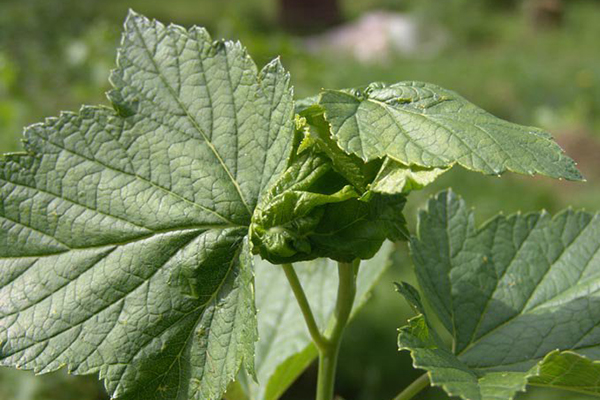
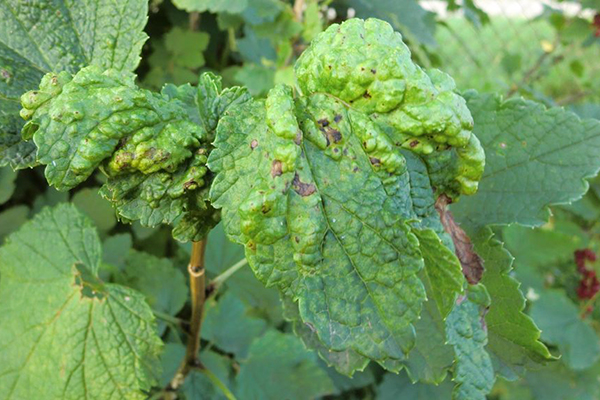
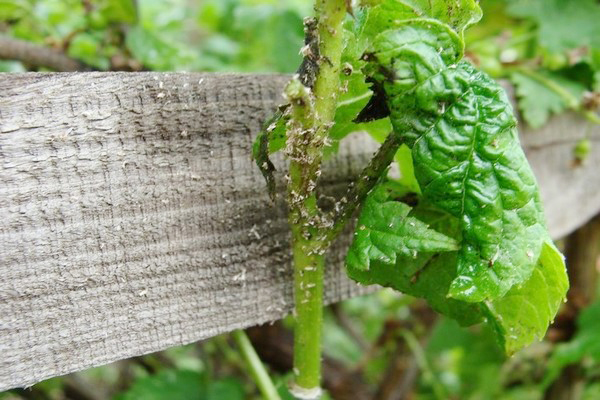
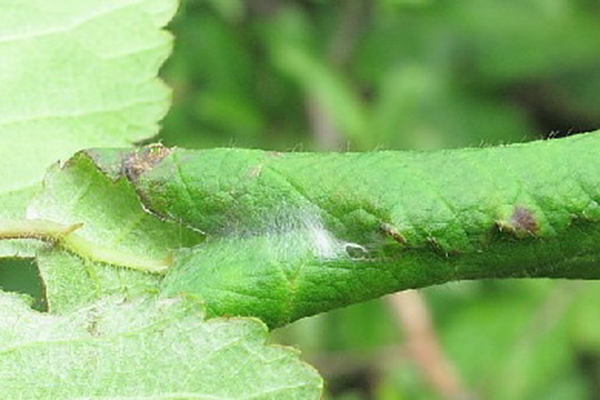
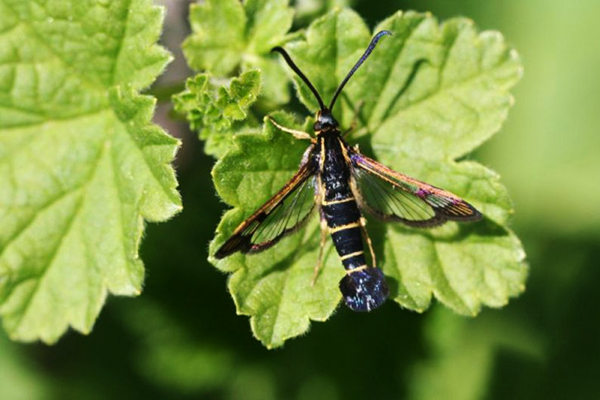

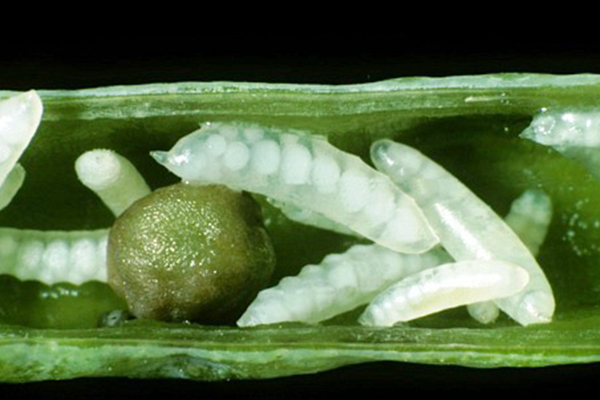
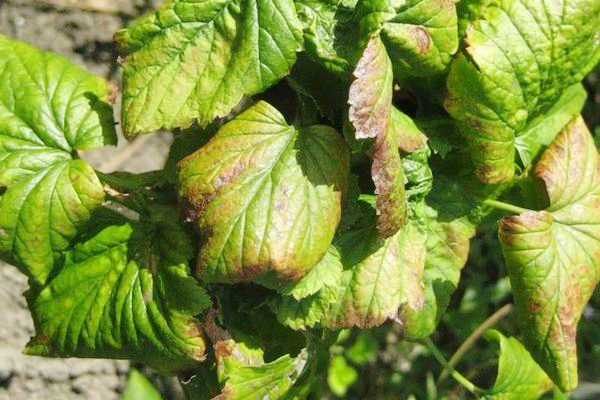
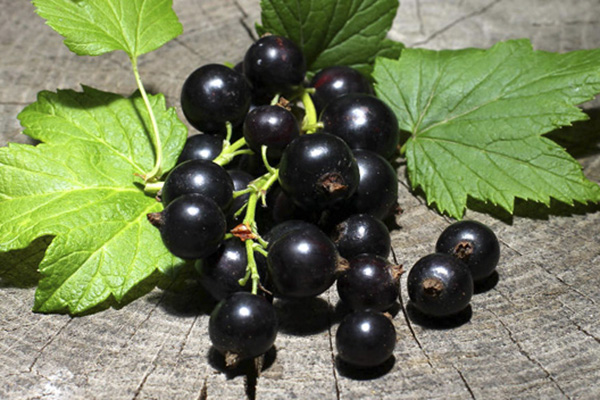
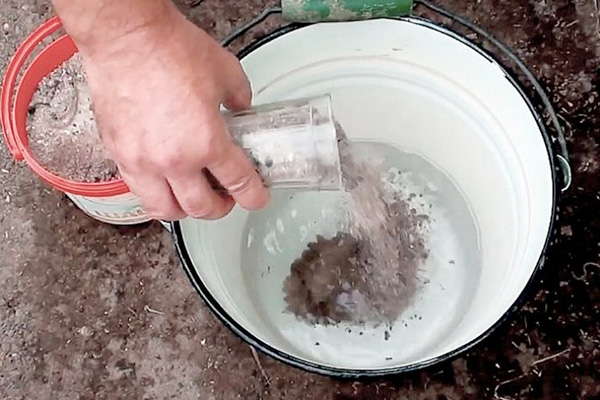
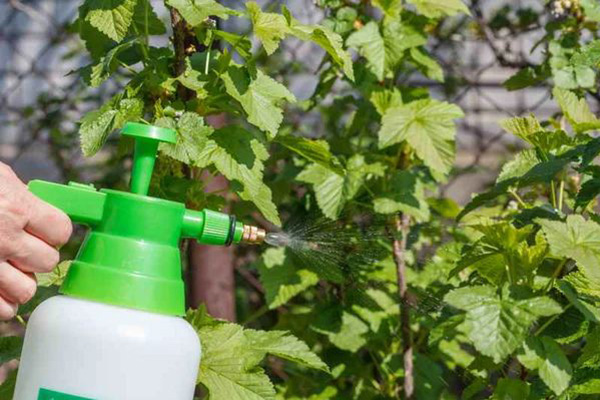
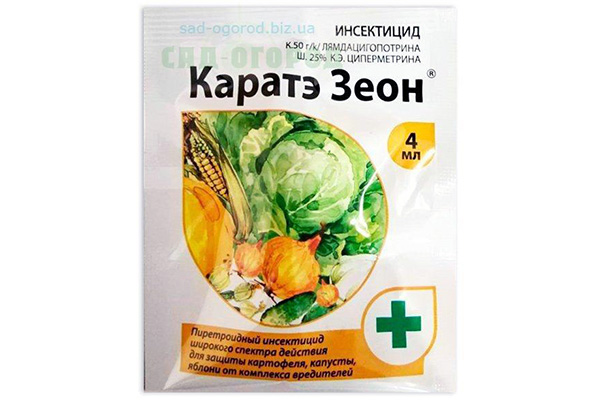
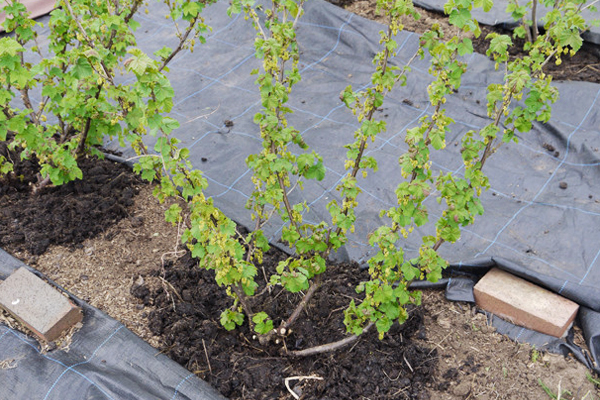
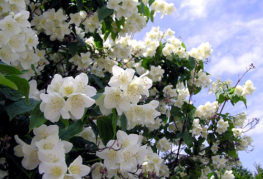
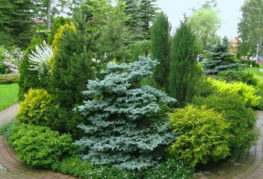

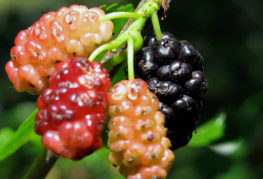
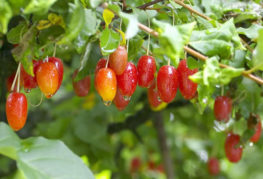
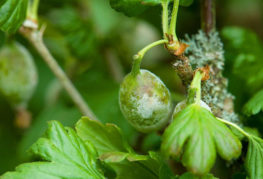
and will be published shortly.